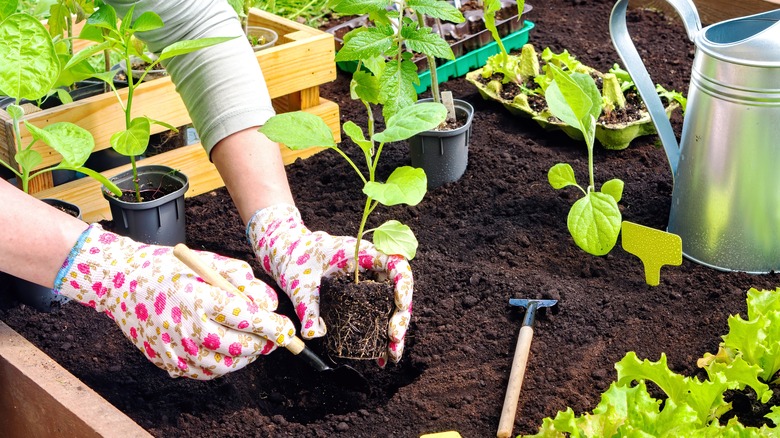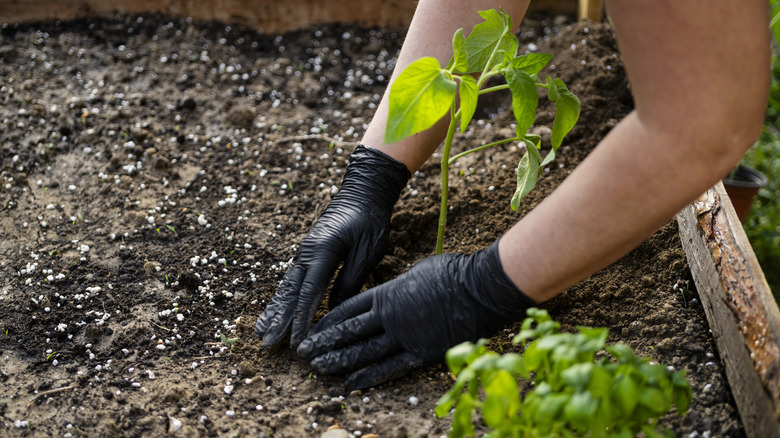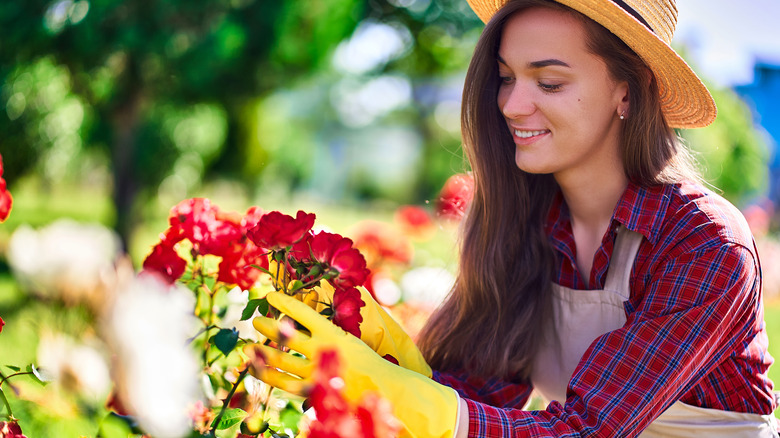Key Tips For Choosing The Best Gardening Gloves For Every Job
If you love to garden and spend time outside doing yard work, then you know how much of a toll it takes on your hands. Your hands are at risk for cuts and scratches from thorns, as well as exposure to harsh chemicals, too much sun, pathogens in the soil, bites from insects, and dirt under the nails. So, protecting yourself with a good pair of gardening gloves is a must. But how do you choose the best pair of gardening gloves for your needs?
First, you should consider the type of task you are about to do before choosing the best glove. Will you be working with rose bushes and need extra protection for your skin, or are you just starting to plant those delicate seeds and need a more lightweight option? Next, always pick the glove that fits your hands best. The last thing you want is to be fidgeting around with your gloves all day because they don't properly fit. When you wear gloves that are too big or bulky, you can lose a great deal of grip strength, thus causing you to waste time and energy around the yard. Gardening gloves are an essential gardening tool, so careful consideration is best when choosing the right one for you.
The best gloves for lighter gardening jobs
As mentioned above, the type of gardening job you will be doing has a big impact on the best type of glove to use. The main types of gardening gloves you will find at the store include cotton, leather, rubber, nitrate, and neoprene-coated gloves. Each one has advantages and disadvantages in the garden, depending on the task. For lighter jobs, such as starting your indoor seedling garden in the spring, you will only need a pair of lightweight cotton or cloth gloves. Cloth gloves are also great for everyday gardening chores such as planting, watering, and light weeding jobs. Avoid wearing these types of gloves when handling any chemicals or doing heavy weeding that would require more protection from pesky thorns and prickly vines.
Another type of lightweight glove that gardeners often wear is latex or nitrile gloves. These gloves work well for more delicate tasks, like planting those precious seeds or harvesting small vegetables or fruits, where you want to retain dexterity in your fingers. The only caveat is to avoid these gloves if you have any type of allergy or sensitivity to latex.
The best gloves for heavier gardening jobs
When it's time to get into the heavier jobs around the yard, select leather, rubber, or neoprene-coated gloves for extra protection. Leather gloves are a great all-purpose glove that can be used when planting bushes or trees, operating machinery, weeding, and especially when working with thorny rose bushes. For good gripping power and extra protection against harsh chemicals and fertilizers, utilize gloves made of neoprene or rubber. Rubber gloves are also a good choice for keeping moisture away from the skin when working in muddy areas around the home. Some gloves even come as a hybrid option with leather or neoprene for the fingers and palms and cotton on the back to aid in breathability when hands get sweaty.
Lastly, remember to regularly clean your gardening gloves so that they retain longevity through the seasons. Choosing gloves with material that is easy to hose off after each use will save you time and energy (think waterproof gloves like rubber or neoprene). Hang wet gloves after hosing them off, or purchase gloves that are fast-drying so you can get back to those gardening jobs without too much delay.


